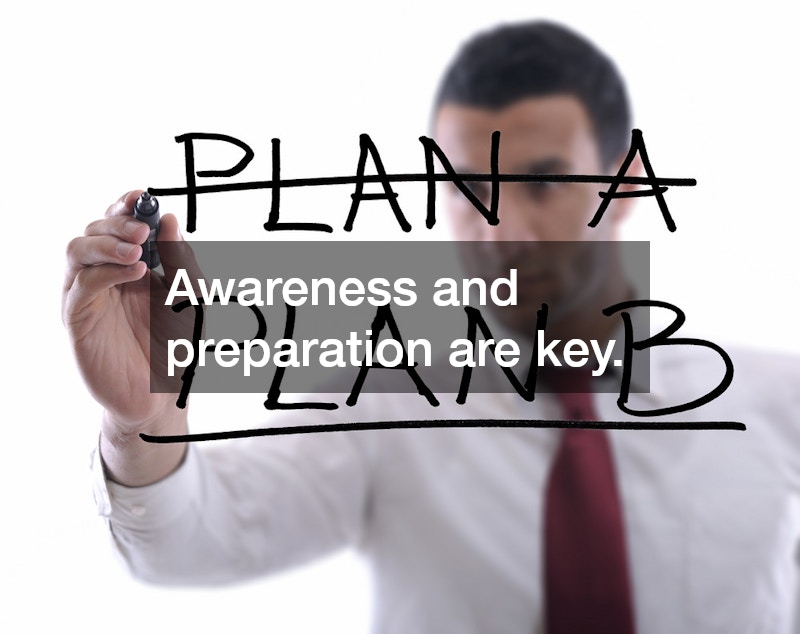Every time New South Wales experiences heavy rain and flooding, many homeowners face serious plumbing issues. With recent flood warnings affecting regions such as the Mid North Coast, Hunter and Greater Sydney, understanding how floods impact household plumbing is more important than ever. Floods don’t just wet your garden—they can strain your home’s plumbing, create health hazards and lead to costly repairs if not addressed promptly.
Knowing the risks and taking preventive action can make all the difference.
What’s Happening in NSW?
As of 22 August 2025, NSW is experiencing heavy rainfall leading to rising rivers, dam overflows and widespread flood alerts. Warragamba Dam is nearing overflow, while other major rivers and dams are at various flood stages. Even when the rain eases, residual flooding continues to affect many communities across the state. Areas already saturated from previous rainfall are particularly vulnerable, with flash flooding or sudden groundwater rises posing serious risks to homes and plumbing systems. Residents are advised to monitor updates from the Bureau of Meteorology and the State Emergency Service (SES) to stay informed and prepared.
How Floods Impact Your Plumbing
Floodwaters can overwhelm sewer systems, causing sewage to back up into homes through toilets, sinks or drains. Even relatively minor flooding can trigger blockages if stormwater drains are overloaded, increasing the risk of contamination and unpleasant backups. In some cases, these blockages can damage pipes and require professional repairs to restore proper function.
External plumbing such as gutters, downpipes and stormwater drains are particularly vulnerable during floods. Debris carried by fast-moving water can clog these systems, causing water to pool around the home’s foundation. This can lead to seepage into basements, under floors or into walls, which may compromise internal plumbing structures. Gutters and drains blocked by leaves or sediment exacerbate the problem, as water cannot flow away from the property efficiently.
Flooding can also pose a contamination risk for water supply. While NSW public water supplies are generally safe, private wells or bores may be vulnerable to sediment, bacteria or chemical intrusion during floods. Even small amounts of contaminated water can pose serious health risks, making it essential for homeowners relying on private water sources to test and treat water before use.
Buried pipes are at risk too. Saturated soil, erosion and ground movement increase pressure on pipes, which can result in misalignment, crushing or bursts. Older or brittle pipes are particularly susceptible. Structural stress on plumbing systems can also occur where the flood disrupts foundations or ground supports, which may compromise long-term functionality.
Finally, residual moisture inside homes can damage plumbing supports, fittings and fixtures. Even a brief exposure to floodwater can create ideal conditions for mould growth, which not only affects building materials but can also compromise air quality and health. Removing water quickly and thoroughly is essential to prevent lingering damage.
How to Protect Your Plumbing
Before floods occur, homeowners can take several practical steps. Installing backflow prevention devices on toilets and basement drains helps reduce the risk of sewage entering your home. Keeping gutters and drains clear of debris ensures water can flow freely away from your property. Raising appliances, hot water systems and critical plumbing fixtures above anticipated flood levels is also an effective preventive measure.
During flooding, it’s important to isolate non-essential plumbing by turning off valves. Avoid using sinks, showers or other drains if they are submerged, as this increases the risk of contamination and backflow. Homeowners should also avoid entering floodwater, which can carry hidden hazards such as submerged pipes, debris and contaminated water.
After floodwaters recede, a thorough inspection is crucial. Check pipes, joints and fixtures for leaks or damage. Flush all taps and sanitation systems to remove any residual contaminants and sanitise surfaces to ensure safe use. If damage persists or water pressure is reduced, calling a licensed plumber is essential. Finally, dry out affected areas using fans or dehumidifiers to prevent mould growth and structural damage to plumbing supports.
Why This Matters Now
August 2025 has seen heavy and persistent rainfall across NSW, leaving many regions already saturated. Even moderate additional rainfall can trigger flash flooding or groundwater rises, putting drains, sewers and pipes under significant pressure. Homes in low-lying areas or near rivers are particularly at risk. Protecting plumbing before, during and after floods can prevent costly repairs, reduce health risks and maintain the safety and comfort of your home. Awareness and preparation are key, especially in flood-prone areas of the state.
Floods don’t just affect gardens and yards—they disrupt plumbing, cause leaks and create potential health hazards. Being proactive about flood preparedness, monitoring local warnings and taking simple precautions can significantly reduce damage to plumbing systems. Quick post-flood action, including inspection, cleaning and drying, ensures your home remains safe and functional. By understanding the risks and acting responsibly, homeowners in NSW can keep their plumbing and property secure during the wet season. Stay informed, stay safe and protect your home from the hidden dangers of flooding.


